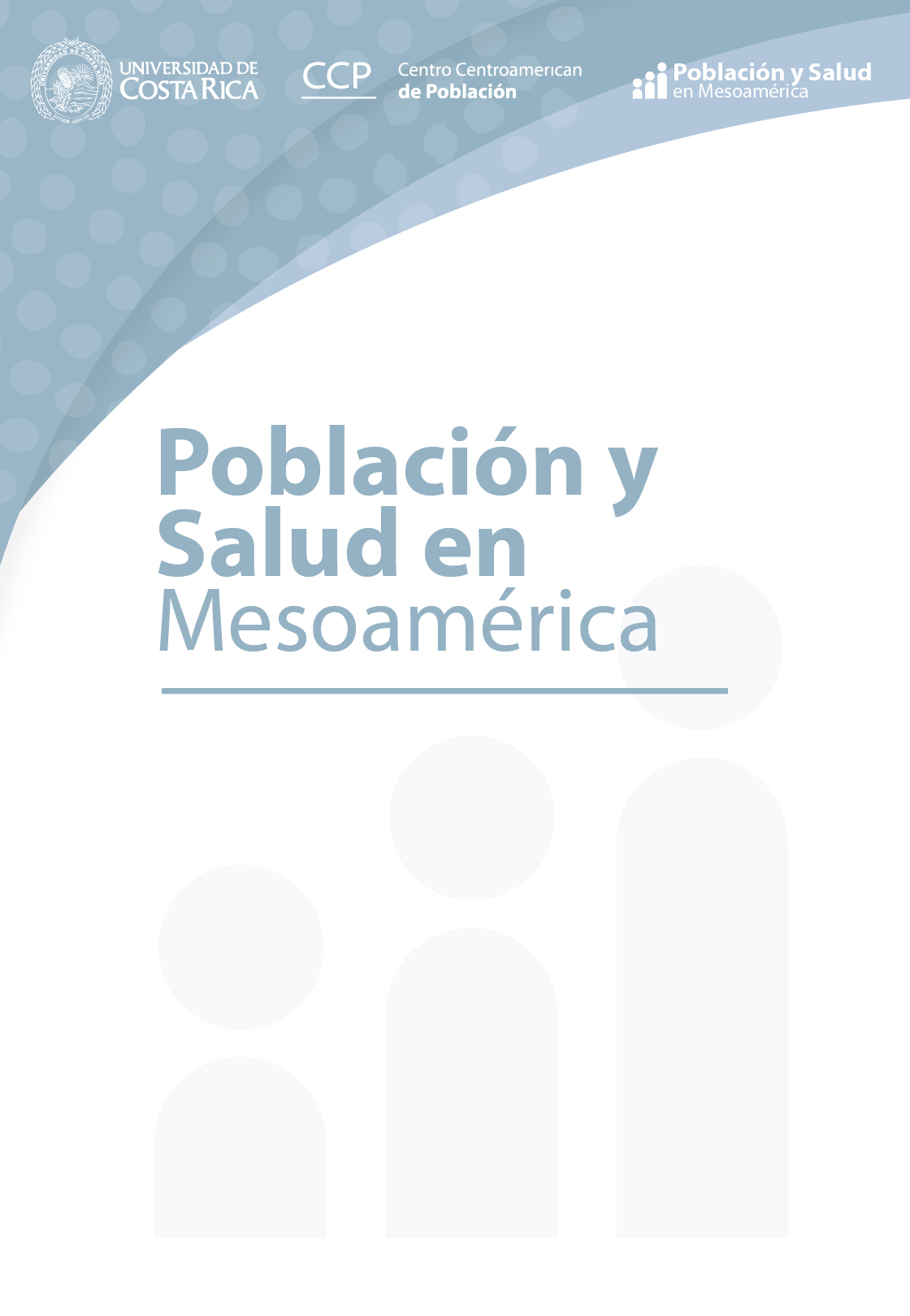Abstract
Introduction: Childhood obesity is a public health problem in Costa Rica and its prevalence has shown rapid growth. The food and physical activity environment plays a crucial role in the lifestyle of school-age children and their families. This article tries to understand how the spatial distribution of places of purchase and sale of food can influence the prevalence of childhood obesity in two schools in the canton of La Unión. Materials and methods: A mapping of the location of food sales places in the 8 districts, the presence of patents in them and the distances traveled by schoolchildren from the districts of San Juan and Concepción and their relationship with the nutritional status of 297 school children. Results: 338 food acquisition points located mainly in the Tres Ríos district were identified in very short distances from the educational centers. For the students of Concepción District, the distances traveled to school decrease significantly as the overweight in schoolchildren increases. Conclusions: There is a significant growth in the places of sale and distribution of food that are located at distances no greater than 250 meters from educational centers, which increases the probability of accessing the food that is sold there. As excess weight increases in schoolchildren, they report shorter distances traveled to school, which adds a greater risk in this population which adds a greater risk in this population associated with reduced physical activity
References
Andrews, G., Hall, E., Evans, B. y Colls, R. (2012). Moving beyound walkability: on the potencial of health geography. Social Science & Medice, 75(11). https://doi.org/10.1016/j.socscimed.2012.08.013
Estado de la Nación e Instituto Nacional de Estadística y Censo. (2013). Indicadores cantonales. Censos Nacionales de Población y Vivienda 2000 y 2011. Recuperado de https://www.inec.cr/sites/default/files/documentos/poblacion/estadisticas/resultados/repoblaccenso2011-01.pdf.pdf
Hillier, A. (2008) Childhood overweight and the built environment: Making technology part of the solution rather than part of the problem. Ann Am Acad Pol Soc Sci., 615, 56-82. Recuperado de http://journals.sagepub.com/doi/pdf/10.1177/0002716207308399
Inani, D. y Abdul, H. (2012) Implications of Walkability Towards Promoting Sustainable Urban Neighbourhood. Procedia - Social and Behavioral Sciences, 50, 204-213. DOI: https://doi.org/10.1016/j.sbspro.2012.08.028
Instituto Nacional de Estadística y Censo. (2011). Censo Nacional de Población y Vivienda 2011. Recuperado de http://www.inec.go.cr/censos/censos-2011
Medina Medina, K., Fernández Rojas, X., Ureña Retana, I. y Reyes Chaves, J. (2017). Factores del entorno de familias con escolares de dos escuelas con diferente prevalencia de obesidad infantil en el cantón de La Unión, 2015. Población y Salud en Mesoamérica, 15(1). DOI: 10.15517/PSM.V15I1.26412
Ministerio de Salud y Ministerio de Educación Pública. (2016). Primer Censo Escolar Peso/Talla Informe Ejecutivo Censo Escolar Peso/Talla Costa Rica. Recuperado de https://www.mep.go.cr/sites/default/files/page/adjuntos/informe-ejecutivo-censo-escolar-peso-cortofinal.pdf
Municipalidad de La Unión. (2015) Lista de Patentes [CD-ROM]. Unidad de Patentes.
Lakes, T. y Burkart, K. (2016). Childhood overweight in Berlin: intra-urban differences and underlying influencing factors. International Journal Health Geograhy, 15(12). DOI 10.1186/s12942-016-0041-0
Oreskovic, N., Kuhlthau, K., Romm., D. & Perrin., J. (2009) Built Enviroment and Weight Disparities Among Children in High - and Low - Income Towns. Acad Pediatr., 9(5), 315-321. Recuperado de https://www.sciencedirect.com/science/article/pii/S1876285909000576?via%3Dihub
Organización Mundial de la Salud. (2011) Patrones de crecimiento infantil. 2011. Recuperado de http://www.who.int/childgrowth/software/es/
Shannon J (2014). Food deserts: Governing obesity in the neoliberal city. Progress in Human Geography 2014, 38(2), 248-266. DOI: 10.1177/0309132513484378
Sociedad Española de Sanidad Ambiental (2012). Salud y territorio aplicaciones prácticas de los sistemas de información geográfica para la salud ambiental. Recuperado de http://sanidadambiental.com/wp-content/uploads/2012/10/LIBRO_SESA_21.pdf
Tironi, M. (8, agosto, 2009) Geografía de la Obesidad. La Tercera Reportajes. Recuperado de https://www.latercera.com/
Torres-Roman, S., Urrunaga-Pastor, D., Avilez, J., Helguero-Santin, L.M. y Malaga, G. (2018). Geographic differences in overweight and obesity prevalence in Peruvian children, 2010–2015. Public Health, 18(353). DOI: https://doi.org/10.1186/s12889-018-5259-2







